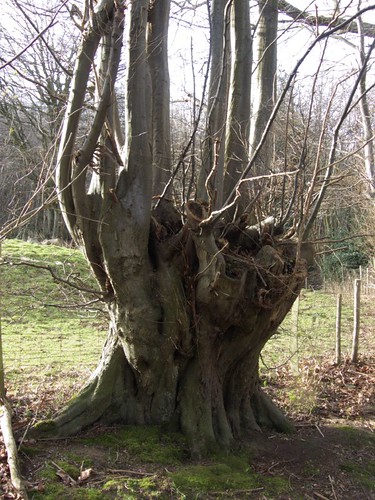“The other day the Supreme Court added its voice to the environmental cause in a landmark ruling that ordered several executive agencies to clean up Manila Bay and restore its pristine waters, and to submit periodic reports on the progress of the program.
The court upheld an order issued on Sept. 13, 2002 by the Regional Trial Court in Imus, Cavite, which was affirmed by the Court of Appeals, ordering several government agencies to restore Manila Bay’s water quality within six months. The ruling supported the petition filed by the Concerned Residents of Manila Bay in January 1999. The group argued that the deterioration in the quality of the bay waters violated minimum standards set under the Philippine Environment Code and Presidential Decree 1152. The high tribunal also cited provisions of the Clean Water Act of 2004 that have not been enforced.
Unlike other voices in the advocacy for a clean environment, the high tribunal’s ruling becomes part of jurisprudence. But the order may raise questions on whether the court has overreached its authority by ordering executive departments to do their job in compliance with its order.
The question is raised because of the complexity of cleaning up a bay whose waters are shared by tourist resorts, fishing communities, slum areas without sewerage systems, the port of the city of Manila and the country’s main international container port. The bay is also where solid waste and industrial effluvia from the Pasig River end up.
To improve the water quality in Manila Bay, all these factors that cause pollution must be addressed. Can the country afford to drive away the ships that use Manila’s port or shut down polluting industrial facilities along the Pasig?... “
The editorial understates the scope of the problem --- there are also five contiguous provinces with polluted rivers, and by inference their population, dumping into the Bay: Bataan, Pampanga, Bulacan, Rizal, Cavite and even Laguna from its not-so-pristine Laguna Lake surrounded by industrial polluters. To view the full panorama of the picture and its ramifications, is to see the pollution as an ugly consequence of corruption. The unregulated pollution is abetted by official neglect. But the ugliest of all from my viewpoint is the reflection of a culture that accepts shady behavior as conventional, the norm and mores of Filipino culture.
 The Pacific Ocean according to a yacht race skipper is no longer pristine. “I often struggle to find words that will communicate the vastness of the Pacific Ocean to people who have never been to sea. Day after day, my yacht Alguita was the only vehicle on a highway without landmarks, stretching from horizon to horizon. Yet as I gazed from the deck at the surface of what ought to have been a pristine ocean, I was confronted, as far as the eye could see, with the sight of plastic.”
The Pacific Ocean according to a yacht race skipper is no longer pristine. “I often struggle to find words that will communicate the vastness of the Pacific Ocean to people who have never been to sea. Day after day, my yacht Alguita was the only vehicle on a highway without landmarks, stretching from horizon to horizon. Yet as I gazed from the deck at the surface of what ought to have been a pristine ocean, I was confronted, as far as the eye could see, with the sight of plastic.” And in space, orbital debris, also called space junk and space waste, are the objects in orbit around Earth created by man that no longer serve any useful purpose. They consist of everything from entire spent rocket stages and defunct satellites to explosion fragments, paint flakes, dust and slag from solid rocket motors, coolant released by RORSAT nuclear powered satellites, and other small particles
And in space, orbital debris, also called space junk and space waste, are the objects in orbit around Earth created by man that no longer serve any useful purpose. They consist of everything from entire spent rocket stages and defunct satellites to explosion fragments, paint flakes, dust and slag from solid rocket motors, coolant released by RORSAT nuclear powered satellites, and other small particlesU.S. scientists are looking for a way to clear the clutter in space, which some say is becoming troublesome on the heavenly highways. The space junk problem is increasing, in part because of collisions between materials in space, rocket stage failures and activities such as anti-satellite testing, the online publication reported. If space-faring nations continue to ignore this growing space access challenge, we will reach a gridlock situation in which launching satellites is too risky. Thus, a space cleanup is inevitable.
Notwithstanding the reality of global littering behavior, I still believe it is not proper to spit on the floor of one’s house.







